I’d begin this blog about using reflection photography with something like “while reflecting on the role of reflections, I realized the following.” But I want at least one or two human beings besides my mom to continue reading this, so I’ll refrain from such dismal puns.
I want to help outline reflection photography. I want you to be confident in adding this unique style to your photography skills portfolio and switch up your normal every day photos.
Table to Contents
What is a reflection shot?
A reflection shot is an image with any subject that also has a reflection.
My favorite that I first think of is a landscape shot of a grand mountain with a bright blue lake below it. In that lake you see a perfect reflection of the mountain.
Including reflections in your composition is just one of the ways that you can bring art into an otherwise everyday moment.
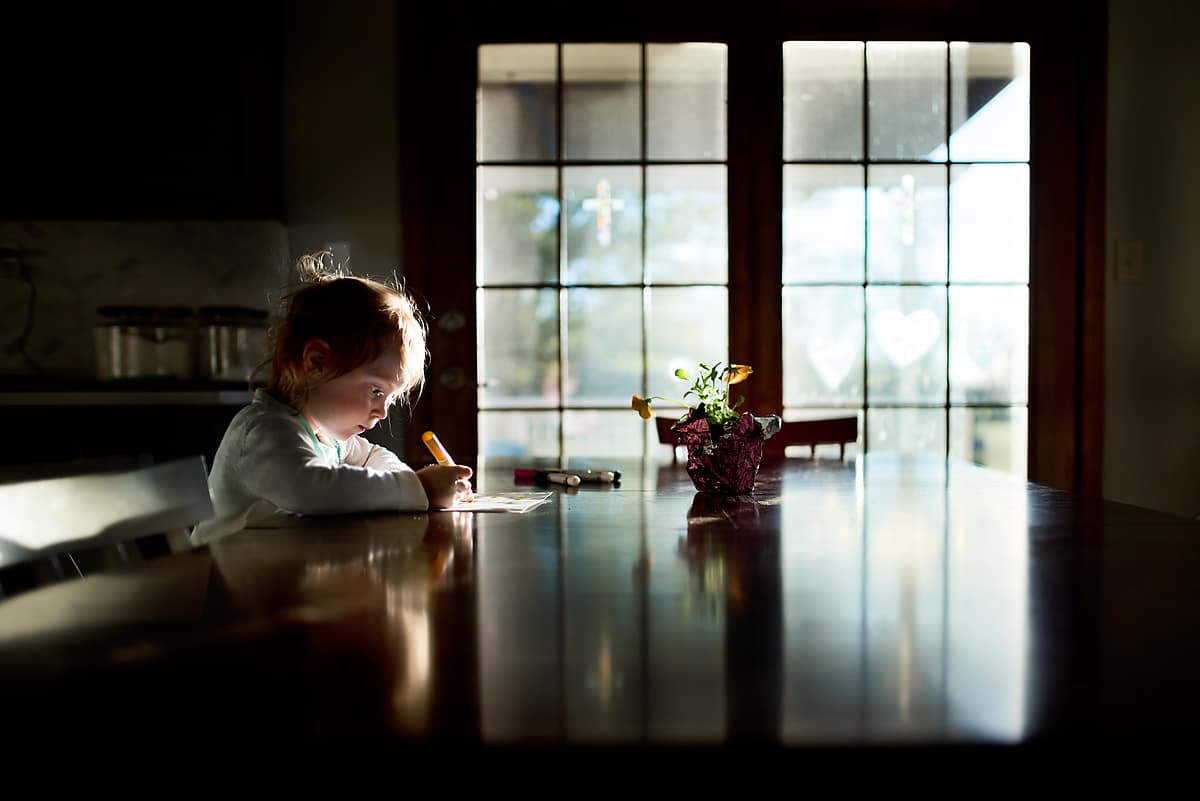
A photo of my daughter coloring at the table suddenly becomes a lot more interesting with the reflection there, too. This isn’t exclusive to a DSLR, either. Any camera can capture a reflection!
Why is reflection important in photography?
Reflections are an important way to create interest your photography. The light pulls you into the subject and makes a powerful and artistic shot.
Adding reflections adds depth and dimension in an otherwise basic photo. The reflection tells a different story than just the subject alone would.
How to take reflection photography
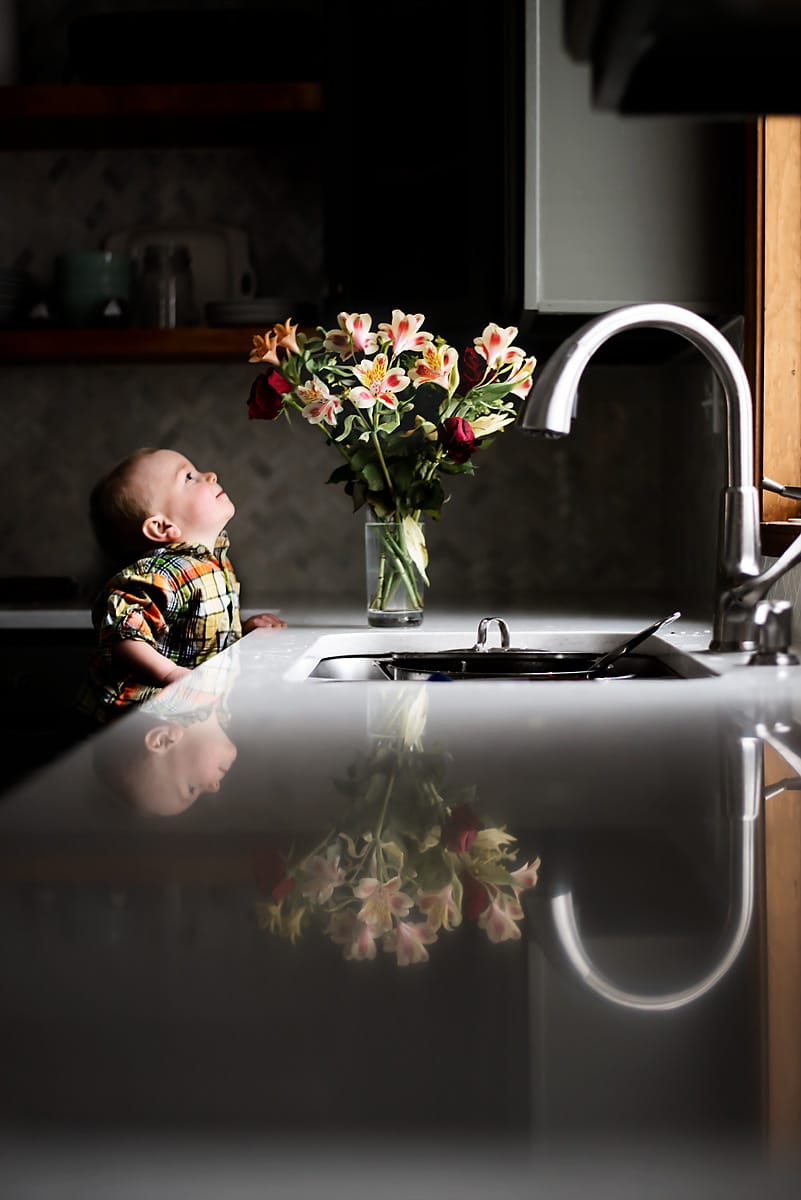
Find a reflective surface
First, there are of course the ones you expect to be rock star reflective surfaces such as puddles, glass, and gleamy countertops.

But if you start to really pay attention, there will be surfaces that surprise you. Kind of like a subtle reflection in dull beige 80s floor tile that is probably covered in stickiness of unknown origin.
You can also find a reflective surface on your black dishwasher. Or a stainless steel fridge.

Find an interesting subject
After you have a reflective surface then you need a subject of your reflection photography.
Once you have a subject in mind, also consider your surroundings.
Make sure that your area is clutter free so all of the focus goes straight to the subject and the reflection.
Below, we were outside the Fort Lauderdale airport. Using the reflective surface of the building, I was able to capitalize on those palm trees as a storytelling element. I filled the frame with them instead of the nearby garbage cans, and luggage.
Speaking of filling the frame, I have a whole blog on 11 Composition Rules to Know to Improve your Photography!
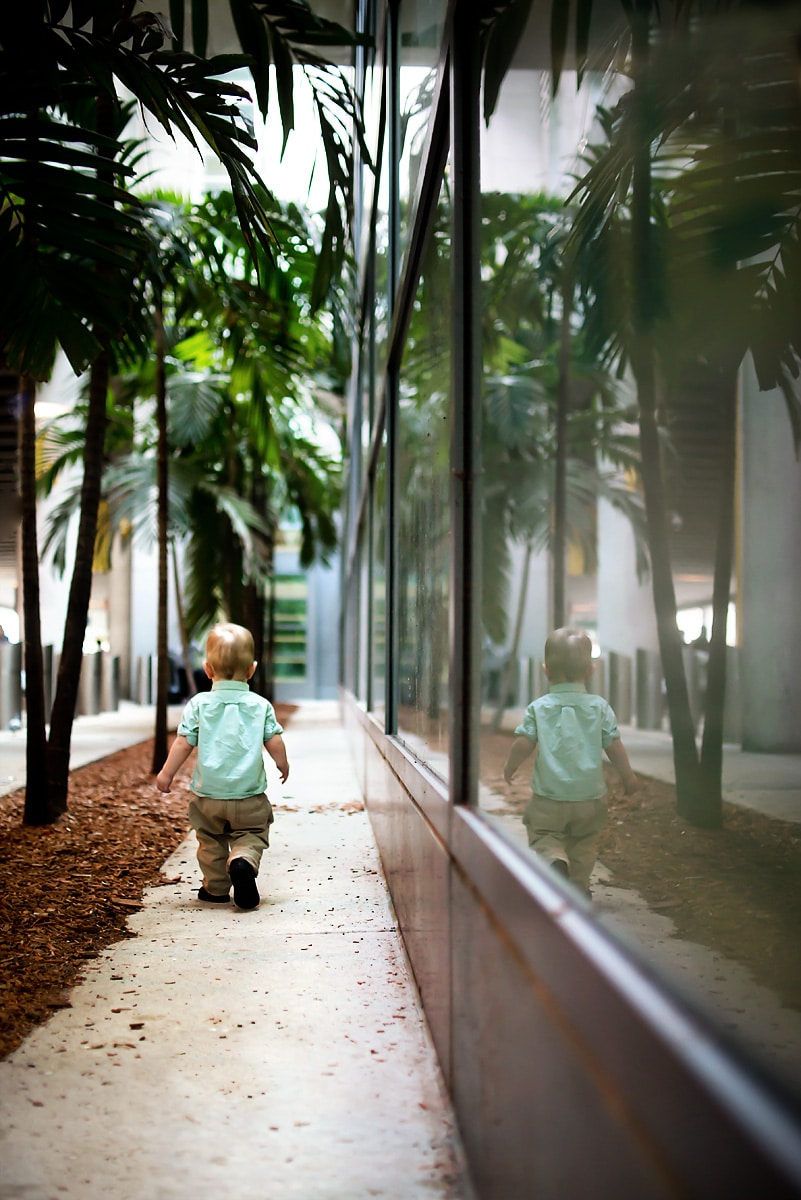
Find the best angle
Since reflective surfaces vary in shininess, smoothness, and the light hitting them, you will want to move around to find the best angle. That will help you find where to capture the reflection.
Below, the position of my subject in relation to the reflective dishwasher. Due to that I was comfortably smashed right up against the cabinets in order to get her full reflection.
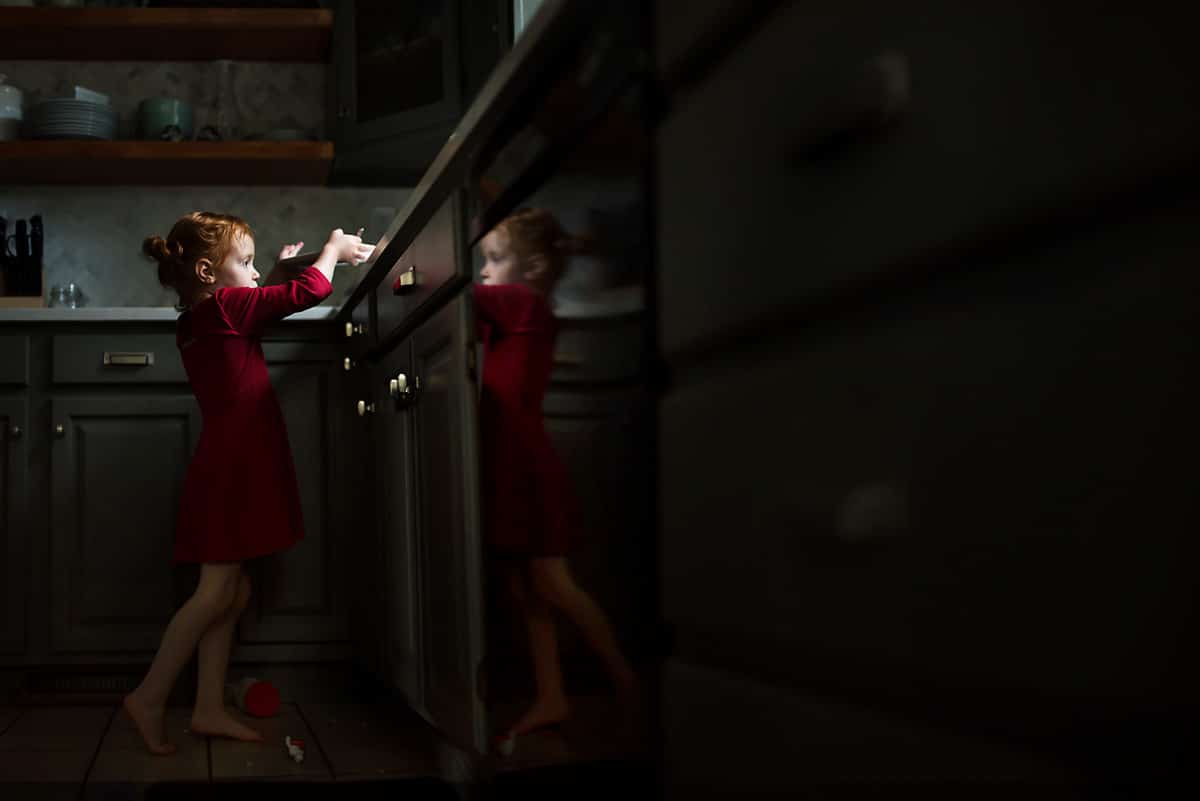
Make sure you have adequate light to be able to produce a clear reflection. Also know that you will likely have to touch up the exposure in post processing.
Get down on it’s level
To maximize a reflection on a horizontal plane such as countertops, puddles, or tabletops, you will want to get the camera at the same level as the reflective surface.
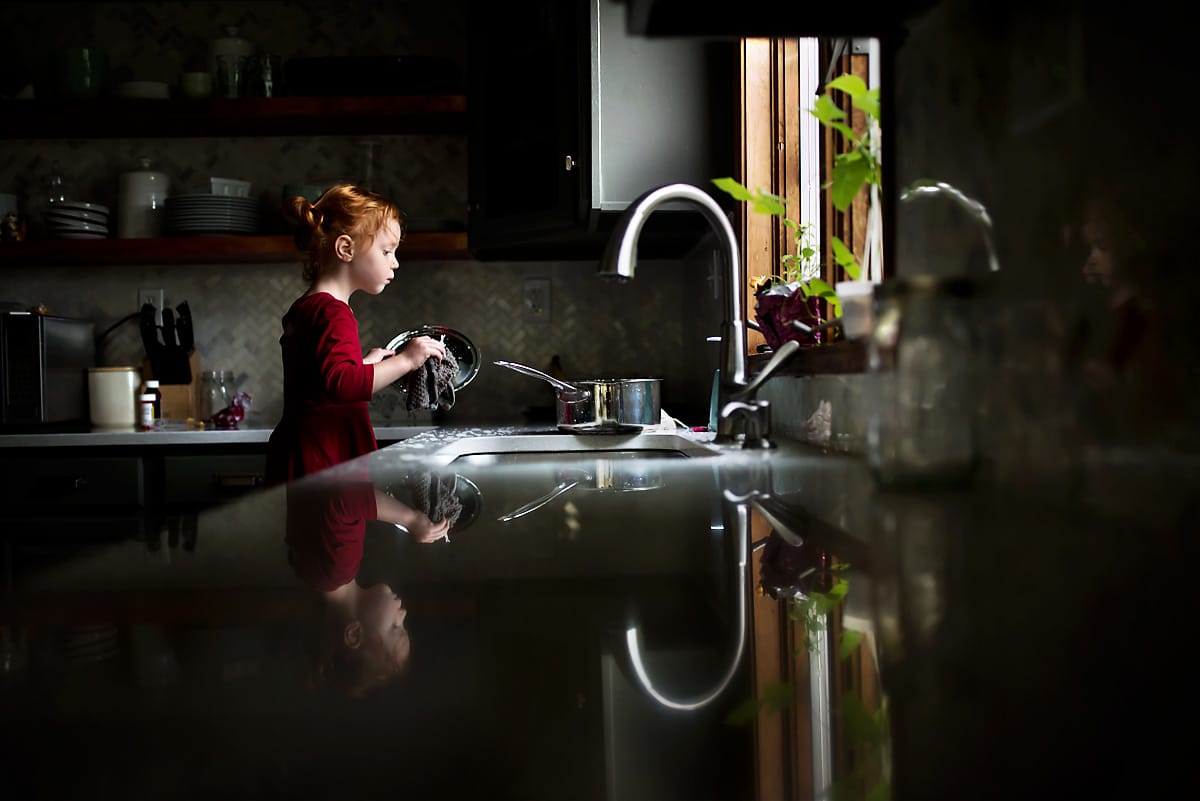
Doing so will add a larger reflective surface plane and allow you to be able to get the most out of the reflection.
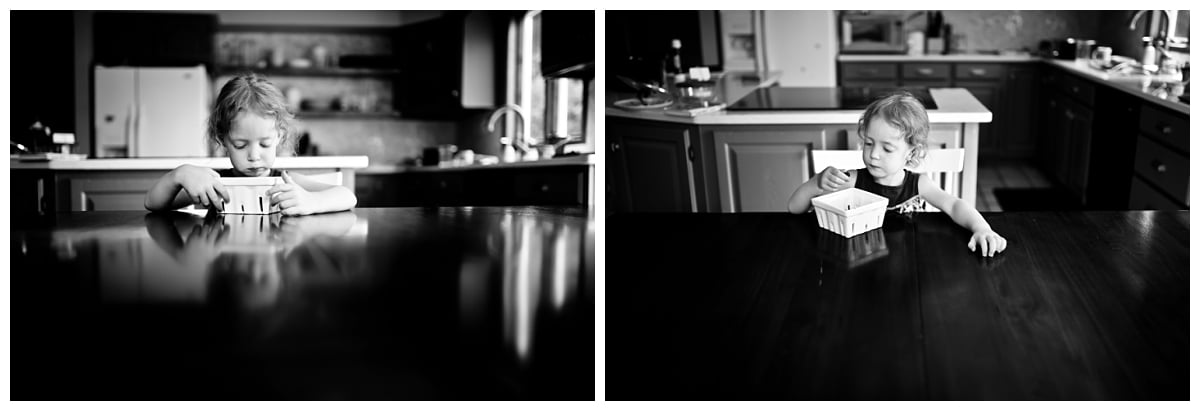
An added bonus of being right at the level of a horizontal reflective plane is that you can more easily fool the world into thinking that your counters aren’t usually full of junk.
As an example, in the photo on the right, the camera was a few feet above the tabletop.
Notice how the second photo doesn’t have that much of a reflection and while it is still a great photo, we are more drawn to the composition and reflection of the first photo.
What types of surfaces are best for reflection photography?
Flat, smooth, and shiny are the best type of surfaces for reflection photography.
The obvious surface is a mirror but you should also look for surfaces like glass, water, and metal.
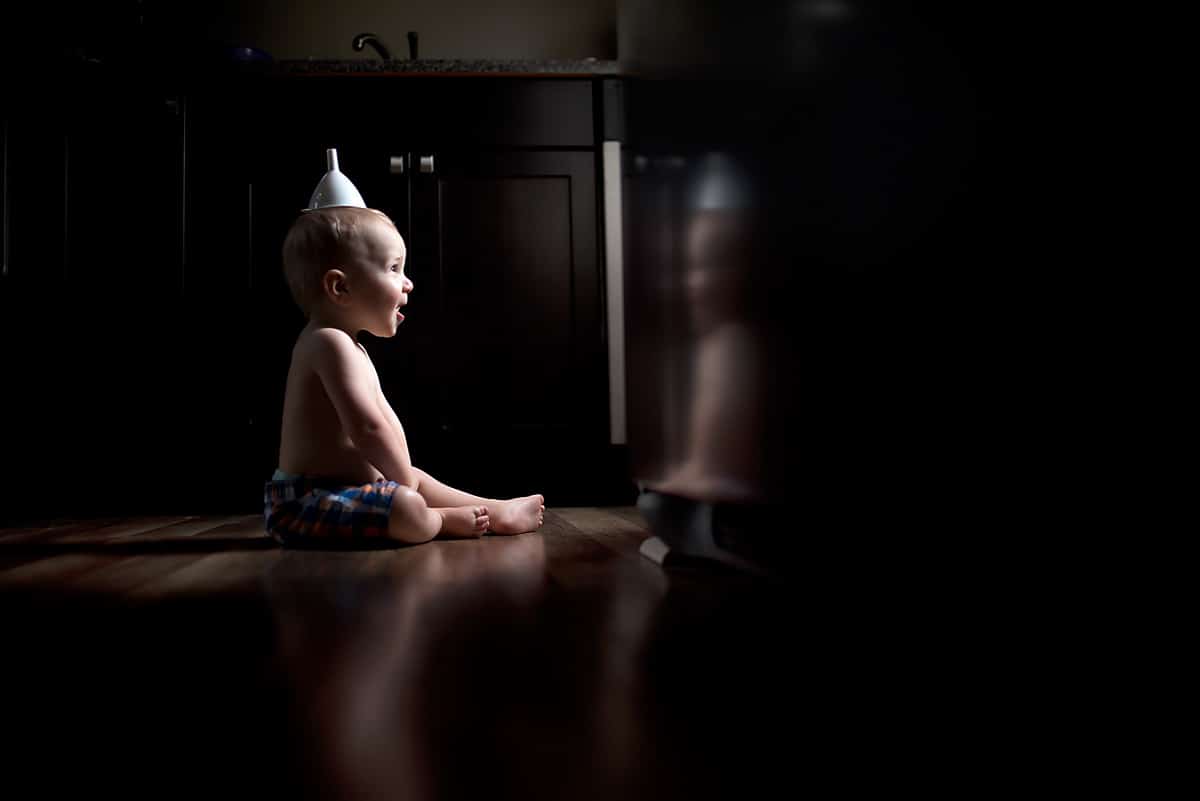
Reflection photography around the house
I like to use my counter tops and things found in the kitchen. It helps that my kitchen window has amazing light so I am able to use the counters, dishwasher, floor, and fridge as surfaces for reflection photography.
Reflection photography on trips
When on a trip always look for water first. Especially if the water is smooth and calm. It’s amazing how your photo can change with just a little reflection.
Also look for reflections in windows of buildings, houses, or even cars.
In the photo below the greenhouse windows are reflecting the blue cloud sky and makes it seem to be never ending. This created a lovely backdrop for my cider slushie-sipping girl.
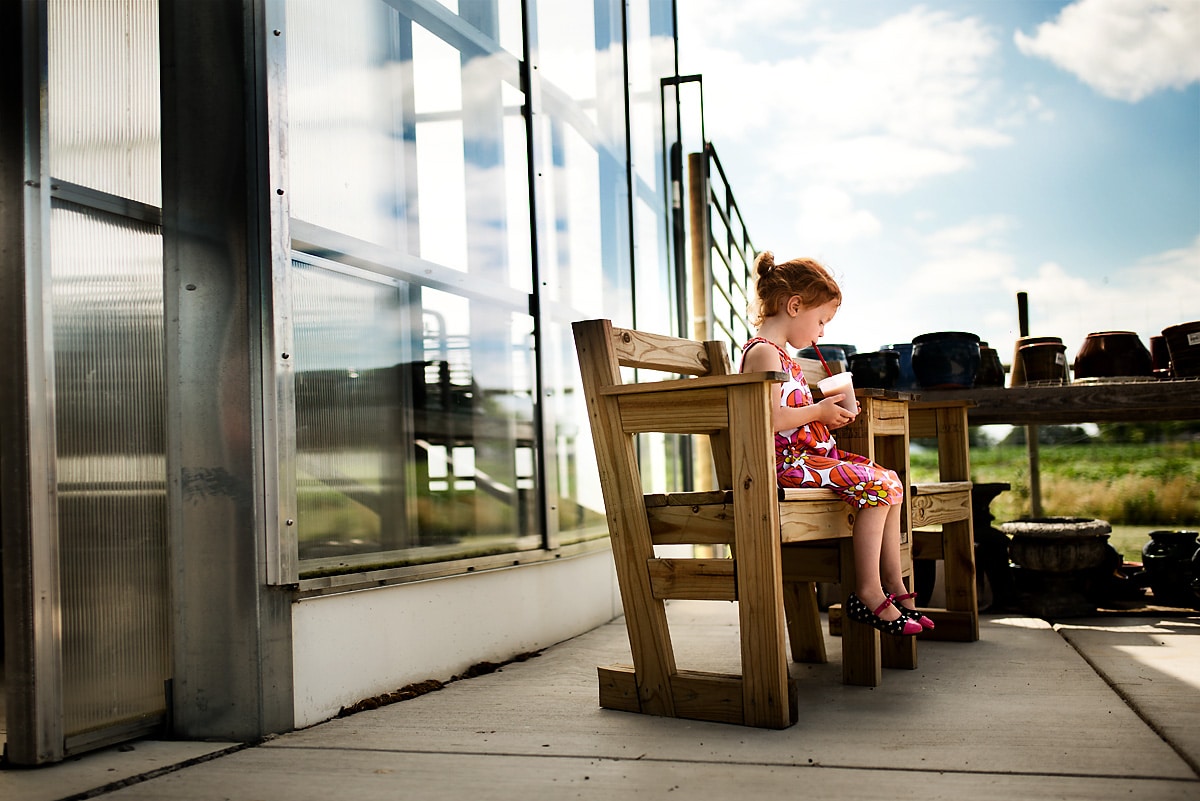
Give reflection photography a shot
I challenge you to go out today and try to take a reflection shot. Follow these easy steps to help you capture a new artistic shot. Remember reflections are everywhere, just keep your eyes open.
Also you can purchase a Lens Ball that can put a creative spin on your photos!
Final bonus tip: if you find yourself wondering if you should replace your existing countertops with gleaming reflective goodness simply for the photographic opportunities it will create. Please know that the answer is always a resounding YES. Just clean them more often than I do, okay?
Find out more ways to elevate your everyday imagery:
– 7 Tips to Help Elevate Your Everyday Images
– 5 Ways to Elevate your Photography with Atmosphere


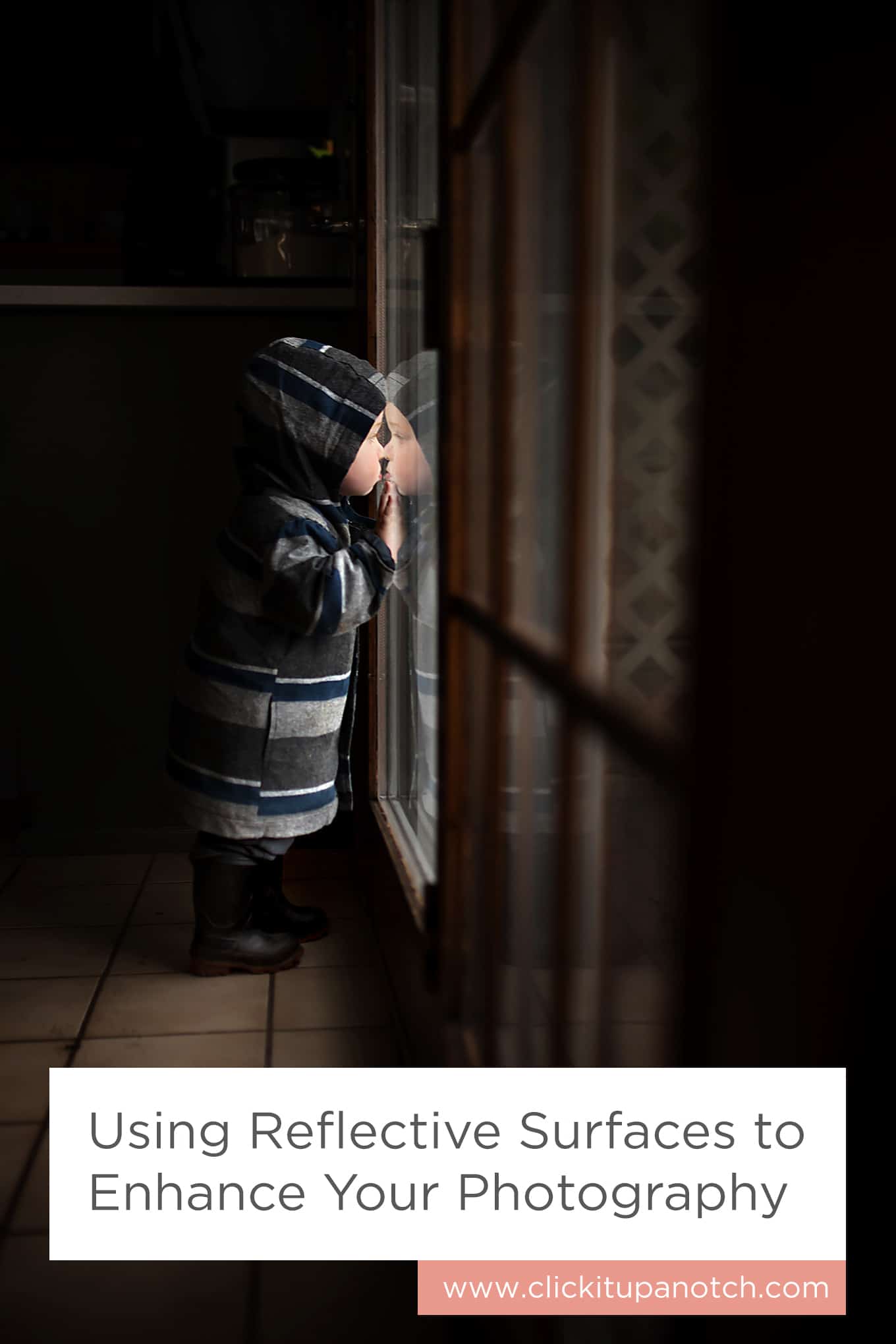






No comments yet.